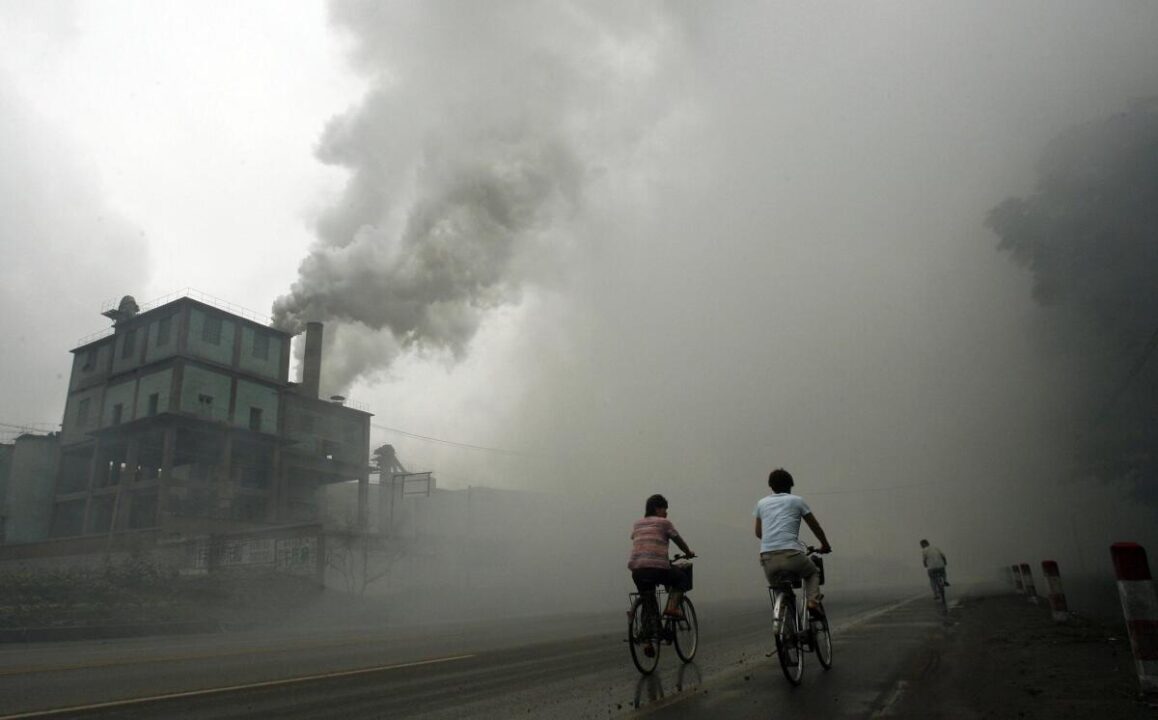
NEW DELHI: Meghalaya’s Byrnihat has surprisingly topped the list of India’s most polluted cities in 2023, according to the report titled, “Tracing the Hazy Air 2024: Progress report on National Clean Air Programme (NCAP)” by the Centre for Research on Energy and Clean Air (CREA).
Begusarai in Bihar (average annual PM10 level of 265 microgrammes per cubic metre) and Greater Noida in Uttar Pradesh (228 microgrammes per cubic metre) secured the second and third position respectively on the list. Delhi on the other hand, ranked as the eighth most polluted city, while Sri Ganganagar, Hanumangarh, and Bhiwadi in Rajasthan, Chhapra and Patna in Bihar, and Faridabad in Haryana occupied the other six spots in the top 10.
Bihar had the greatest number of cities in the 50 most polluted cities in India list with 19 cities, followed by Rajasthan and Haryana which had eight cities in the top 50.
Among these cities, 85 were included under the National Clean Air Programme (NCAP) and the data showed that 78 out of the 85 NCAP cities had PM10 levels exceeding the National Ambient Air Quality Standards (NAAQS) which is 60 micrograms per cubic meter.
The NCAP, initiated in 2019, aims for a 20-30 per cent reduction in PM2.5 and PM10 concentration by 2024 in 131 cities that hadn’t met prescribed air quality standards from 2011 to 2015.
The government has now set a new target of achieving a 40 percent reduction in particulate matter concentration in these cities by 2026.
Sunil Dahia, South Asia’s analyst at CREA, said 227 cities with air quality data available for over 75 per cent of the days in 2023 were studied.
“After five years of the NCAP implementation, only 44 cities out of the 131 non-attainment cities have concluded the source apportionment studies,” Dahia said.
“Due to the absence of these studies, 64 per cent of the funds allocated under NCAP have been utilised solely for dust mitigation and ineffective solutions like smog guns, resulting in inefficient use of public funds,” he added.
The CREA report revealed that only 37 NCAP-covered cities achieved PM10 levels below the annual targets set by the programme. Interestingly, in 2023, 118 cities not yet part of NCAP breached the national air ambient quality standards for PM10.
“This indicates that cities not included in NCAP aren’t necessarily cleaner,” Dahia emphasised.
Byrnihat, covered under NCAP, registered the highest annual average PM10 concentration at 301 microgrammes per cubic metre, while Silchar in Assam reported the lowest PM10 level at 29 microgrammes per cubic metre in 2023.
The report also highlighted that PM10 concentration in the top 10 polluted cities was notably three to five times higher than Indian NAAQS and exceeded WHO limits by 13-20 times.

